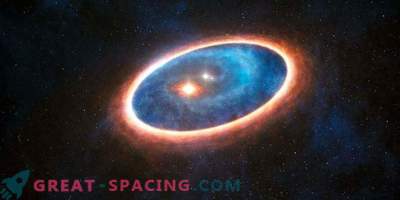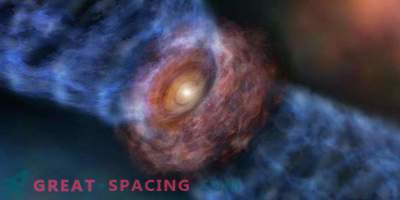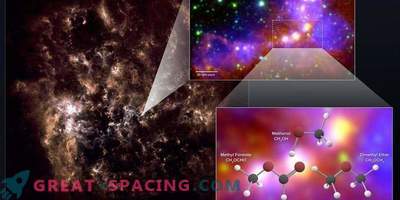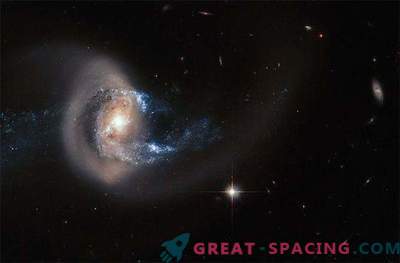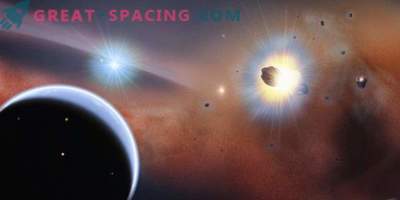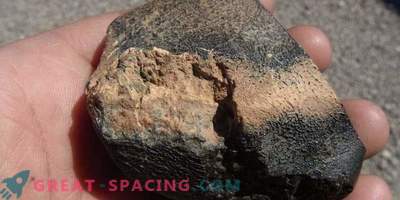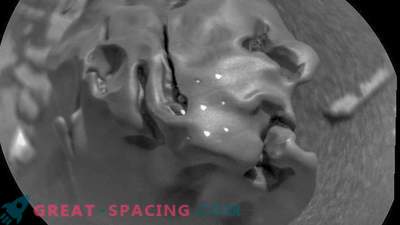
HH 212 in the ALMA review
Using the ALMA array (Chile), a group of scientists was able to record the release of deuterated formaldehyde from the hot inner region of the protostar HH 212.
HH 212 is a low-mass protostar system distant by 1,300 light years. Lives on the territory of Orion. Early studies in 2016 and 2017 displayed it in the form of a hot shell with deuterated water and deuterated methanol.
Recently, scientists from the Laboratory for Physical Research (India) analyzed the archive data HH 212 from ALMA for December 2012 and received the emission of another molecule - deuterated formaldehyde (HDCO).
HDCO radiation is considered optically thin and limited to an internal area with a distance of 200 a. that is, from the center of the HH 212. The radiation is concentrated in a circular area and is pulled along the direction of the jet. But the team was unable to determine whether the elongation is real or based on the effect of the size of the synthesized beam. There is an assumption that HDCO appears near the central hot area, taking into account that the radiation is almost symmetrical to a systematic speed of 1.6-2.0 km / s. HDCO pillar density was 100 trillion cm -2.
In addition, researchers have noticed that emissions are spinning. Most likely, this is due to disk wind or rotating medium. However, due to the limited resolution of ALMA, scientists could not find a more plausible scenario.
To determine the origin of radiation HDCO, scientists compared it with emissions of methanol and C17O. It turned out that the emission of HDCO is more common and has a red offset peak.
The findings of the researchers report that the possible fractionation of deuterium hints that the formation phase of deuterated formaldehyde is active in the central hot part of the protostar.
